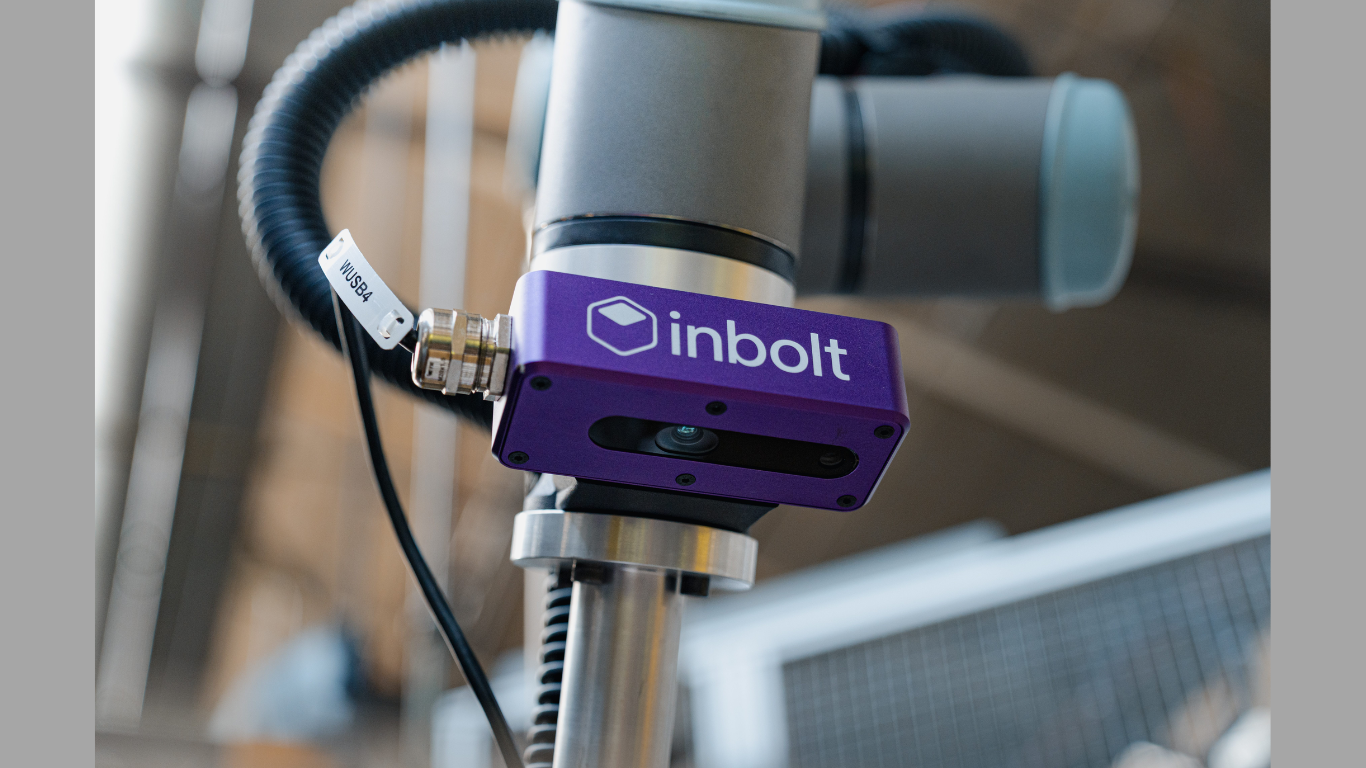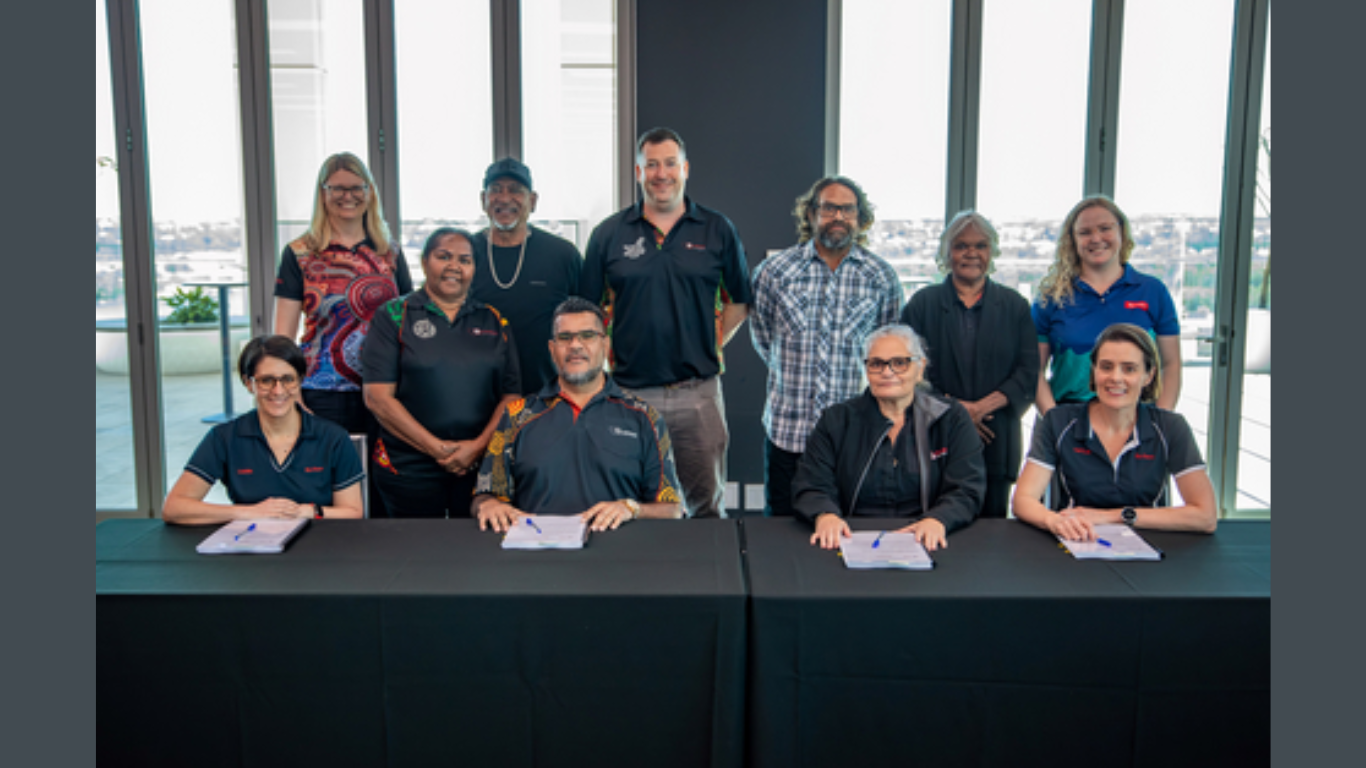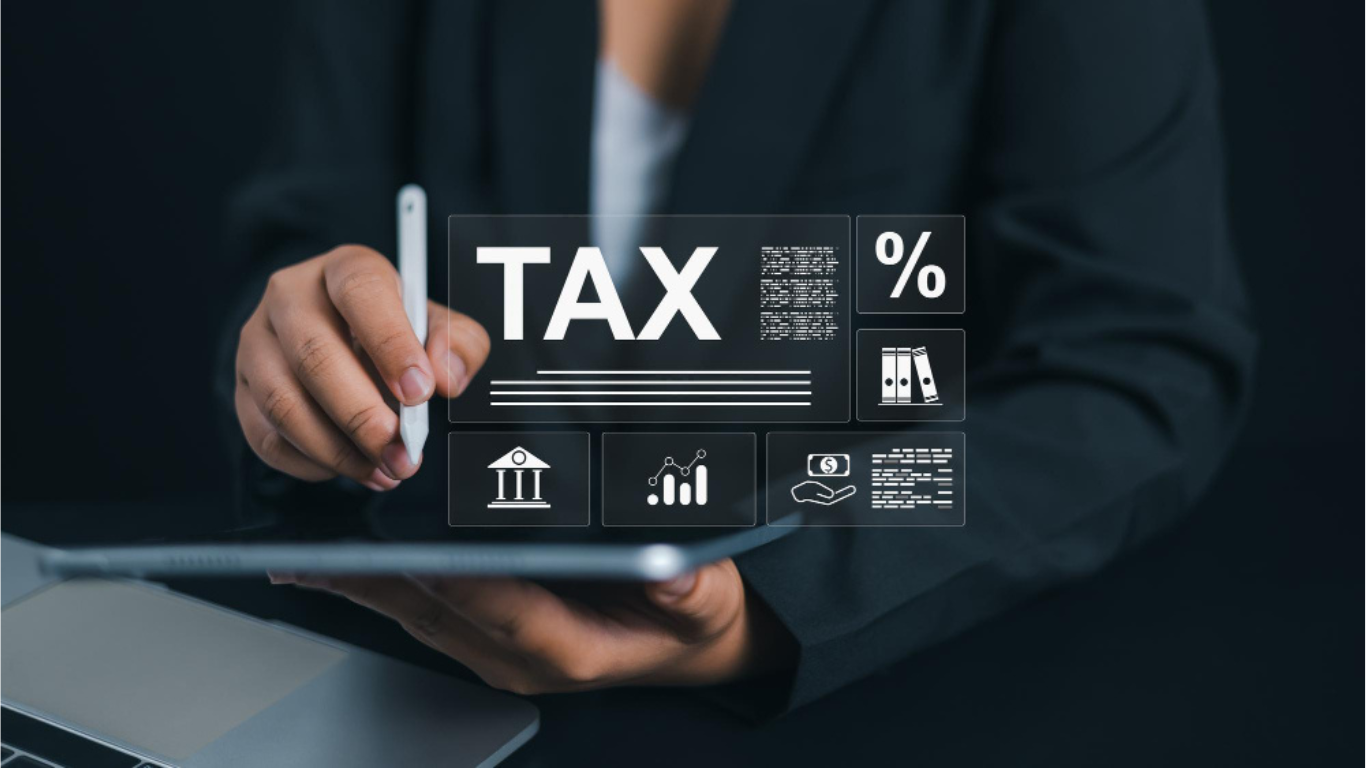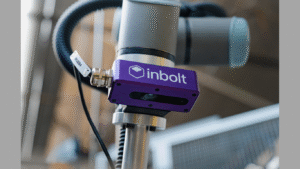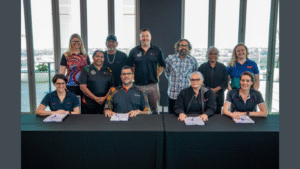Third-party logistics (3PL) providers, for years, were seen as warehouse and transportation partners — that necessary, behind-the-scenes asset that brands relied on to support operations. But that view is quickly changing. In today’s fast-paced, on-demand logistics world, time is literally money, and timely access to data can be the difference between success and failure. In other words, if information is power, then a 3PL’s logistics company’s integration capabilities are very empowering.
The Coming of the Strategic 3PL Partner
What’s driving this shift? The rise of e-commerce, shifting customer expectations, and the intricacies of global trade have helped spur companies to rethink the way they move products. With growing delivery demands, more SKUs, and tighter inventory turns, managing logistics in-house can be overwhelming, particularly for emergent makers.
That is where today’s 3PL logistics company excels. Today’s 3PLs do more than store pallets and arrange truckloads; they provide real-time inventory tracking, predictive analytics, route optimization, reverse logistics, and even customer service integrations. They don’t just fill orders—they perfect the entire fulfillment process.
Beyond the Moving: Essential Roles of the Advanced 3PL
The following are just some of the key activities contemporary 3PLs are performing for their clients:
- Technology Integration: In today’s supply chain, leading 3PLs provide tech platforms that connect directly with e-commerce sites, ERP systems, and CRM systems, providing companies with complete visibility into inventory levels, orders, and shipping status.
- Scalable Infrastructure: With 3PLs, growing businesses can scale without locking up capital in warehouses, fleets, and extra headcount. Whether shipping 500 or 50,000 units, the infrastructure scales with market demand.
- Data-Driven Decisions: Third-Party logistics providers (3PLs) track data to expedite deliveries, lower shipping expenses, and foresee demand. This intelligence enables businesses to act in real-time on better assumptions.
- Global Reach: Many 3PLs are now able to facilitate cross-border shipping, customs compliance, and international returns—so, global expansion is now within reach for smaller brands.
- Customer Experience: Being able to deliver quickly and accurately is a large factor in customer happiness. A good 3PL is an extension of your brand, and it makes sure your brand shines all the way to the customer’s door.
E-Commerce and Beyond, a Competitive Edge
There is more to this than e-commerce. The value of 3PL services is not lost on manufacturers, distributors, and even subscription box companies. By delegating out the problem of logistics, businesses get to focus on what they do best — 3PLs do the dirty work and take the pressure off of product development, advertising, and customer relations teams by guaranteeing that all orders make it to the customer in the right condition, and on time, every time.
Cost-Efficiency Meets Agility
One of the most common myths about 3PLs is that they are meant for large companies only. The fact of the matter is that most small to mid-sized companies can realize significant savings and value enhancements from utilizing the services of a logistics expert.
Instead of investing in warehouse leasing, staffing, and transportation contracts, companies get immediate access to a completely optimized network. And because it’s priced according to usage, the costs grow with your business, meaning that this is a flexible solution, and not just another fixed expense.
Choosing the Right 3PL Partner
Not all third-party logistics providers are created equal. Choosing the 3PL company that’s right for you involves looking for a company that does what you need beyond just pricing and geography. Inquire about their tech stack as well as their customer service, performance analytics, and how they are prepared to meet your industry requirements. And a good 3PL will not only tell you how they’ll get your products there faster — but they should also show you.
Conclusion
With logistics driving more brand success, 3PLs will increasingly transition from providers of services to trusted advisors. The winners tomorrow are the brands that view their 3PL not as a cost center—but as an innovation, growth, and customer satisfaction partner.
The job of the 3PL has evolved from storage to strategy. And for firms open to that shift, the future is faster, smarter, and much more competitive.
Blog received via Mail



